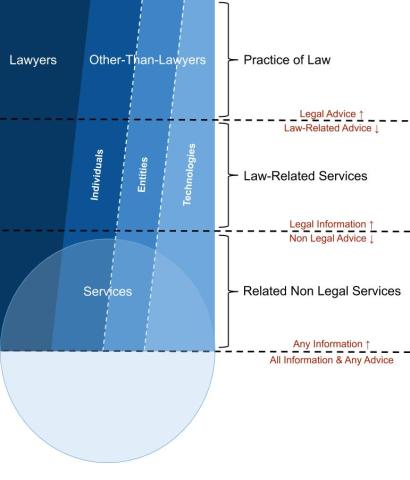Legal definitions serve as the cornerstone of legal interpretation, providing clarity and precision within legal texts, statutes, and regulations. A well-crafted legal definition ensures uniform understanding and application of law, which is critical in the administration of justice. The anatomy of a legal definition, though varied across jurisdictions and legal texts, generally comprises several key components. These components work in concert to delineate the scope, application, and nuances of a legal term or phrase, ensuring its appropriate and consistent use within a legal context.
Term or Phrase Being Defined
At the outset, a legal definition specifies the term or phrase to be defined. This element is crucial as it establishes the subject of the definition, providing a clear reference point for the interpretation and application of the term within legal documents.
Inclusive Elements
Inclusive elements or the "positive" aspect of a definition delineate what the term encompasses. This part of the definition specifies the attributes, characteristics, or instances that fall under the term’s ambit. It aims to clarify the breadth of the term’s application by outlining its essential features or components.
Exclusive Elements
Conversely, exclusive elements, or the "negative" aspect, articulate what the term does not include. This section is vital for limiting the term's scope, preventing the overly broad application of the term, and delineating its boundaries by stating explicitly what is outside its domain.
Contextual Usage
The definition often specifies the context within which the term is applied. Legal terms can have different meanings in different contexts, so this component clarifies the specific legal scenario, jurisdiction, or circumstance where the definition applies. This is particularly important in areas of law where terms might carry multiple interpretations based on the legal domain (e.g., contract law, criminal law, or intellectual property law).
Exceptions and Qualifications
Exceptions and qualifications are included within some definitions to provide for circumstances where the general definition may not apply or where specific conditions modify its application. This component ensures flexibility and adaptability in the definition, allowing it to accommodate unique or unforeseen situations.
Source or Authority
Legal definitions often reference the source or authority from which they are derived. This could be a statute, case law, treaty, or legal scholar. Citing the source adds legitimacy to the definition and provides a reference point for further research or interpretation.
Cross-References
In complex legal documents, definitions may include cross-references to other sections or terms within the document or external texts. This practice helps to integrate the definition within the broader legal framework, ensuring consistency and coherence in the interpretation and application of terms.
The construction of legal definitions is a meticulous process that balances precision with flexibility, ensuring that legal terms are applied consistently yet can adapt to the nuanced and evolving nature of law. The components of a legal definition work together to construct a comprehensive understanding of a term or phrase, integral to the interpretation and application of legal principles.




